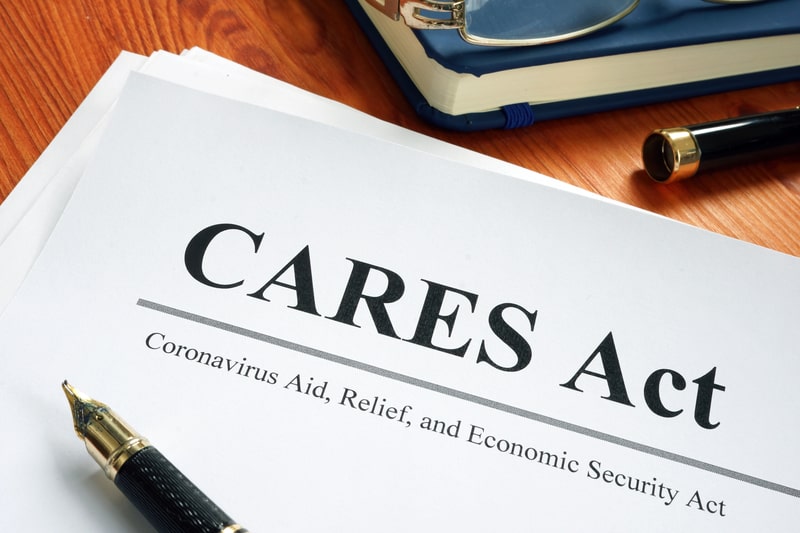Due to economic fall-out from the Coronavirus pandemic, Congress enacted the Coronavirus Aid, Relief, and Economic Security Act (or CARES Act), on March 27, 2020. In it, special distribution options and rollover rules for retirement plans and IRAs were introduced, as were options to take loans from certain retirement plans.
Those Americans qualified for these distributions include:
- Americans diagnosed with COVID-19 and verified by a CDC-approved test;
- Spouses or dependents diagnosed with COVID-19 and verified by a CDC-approved test;
- Americans who experienced adverse financial consequences as a result of being quarantined, being furloughed or laid off, or had to work reduced hours due to the virus;
- Americans who experienced adverse financial consequences as a result of being unable to work due to lack of child care due to COVID-19; or
- Americans who experienced adverse financial consequences as a result of closing or reducing hours of a business that they owned or operated due to the virus.
What is a coronavirus-related distribution?
According to the IRS website [INSERT LINK: https://www.irs.gov/newsroom/coronavirus-related-relief-for-retirement-plans-and-iras-questions-and-answers], a coronavirus-related distribution could be made from an eligible retirement plan to a qualified individual from January 1, 2020, to December 30, 2020, up to an aggregate limit of $100,000 from all plans and IRAs.
What are the special rules?
In general, the CARES Act provided expanded distribution options and favorable tax treatment for up to $100,000 of coronavirus-related distributions from eligible retirement plans – such as section 401(k) and 403(b) plans, and IRAs – to qualified individuals, as well as special rollover rules with respect to such distributions. It also increased the limit on the amount a qualified individual could borrow from an eligible retirement plan (not including an IRA) and permitted a plan sponsor to provide qualified individuals up to an additional year to repay their loans.
How should income be reported and when are the taxes due?
Luckily, those who took advantage of this program will not be charged an additional 10 percent tax on “early distribution” of CARES Act funds. Instead, the distributions will count as “income ratably over a three-year period,” starting with the year in which the distribution was received. For example, those who received a $9,000 coronavirus-related distribution in 2020, could report $3,000 in income on their federal income tax return for each of 2020, 2021, and 2022. However, there is also an option of including the entire distribution of income for the year of the distribution (2020). For income reporting purposes, S&K can help you determine which scenario would work best for you or your business.
Can a coronavirus-related distribution be repaid?
Yes – according to the IRS, all or part of the amount of a coronavirus-related distribution can be repaid to an eligible retirement plan, provided the repayment is completed within three years after the date that the distribution was received.
Therefore, if a coronavirus-related distribution is taken, the distribution will be treated as though it were repaid in a direct “trustee-to-trustee transfer,” so that federal income tax is not owed on the distribution.
Therefore, if an individual received a coronavirus-related distribution in 2020, the distribution amount could be counted as income over a 3-year period (2020, 2021, and 2022.) If the full amount is repaid to an eligible retirement plan in 2022, an amended federal income tax return for 2020 and 2021 can be filed to claim a refund of the tax attributable to the amount of the distribution that was included as income for those years. Additionally, the individual will not be required to include any amount as income in 2022.
If you received a C.A.R.E.S. Act distribution from your IRA or similar retirement account in 2020 due to COVID affliction, S&K can advise you on the best plan to repay the loan and/or structure your tax payments. Contact us today for help!

